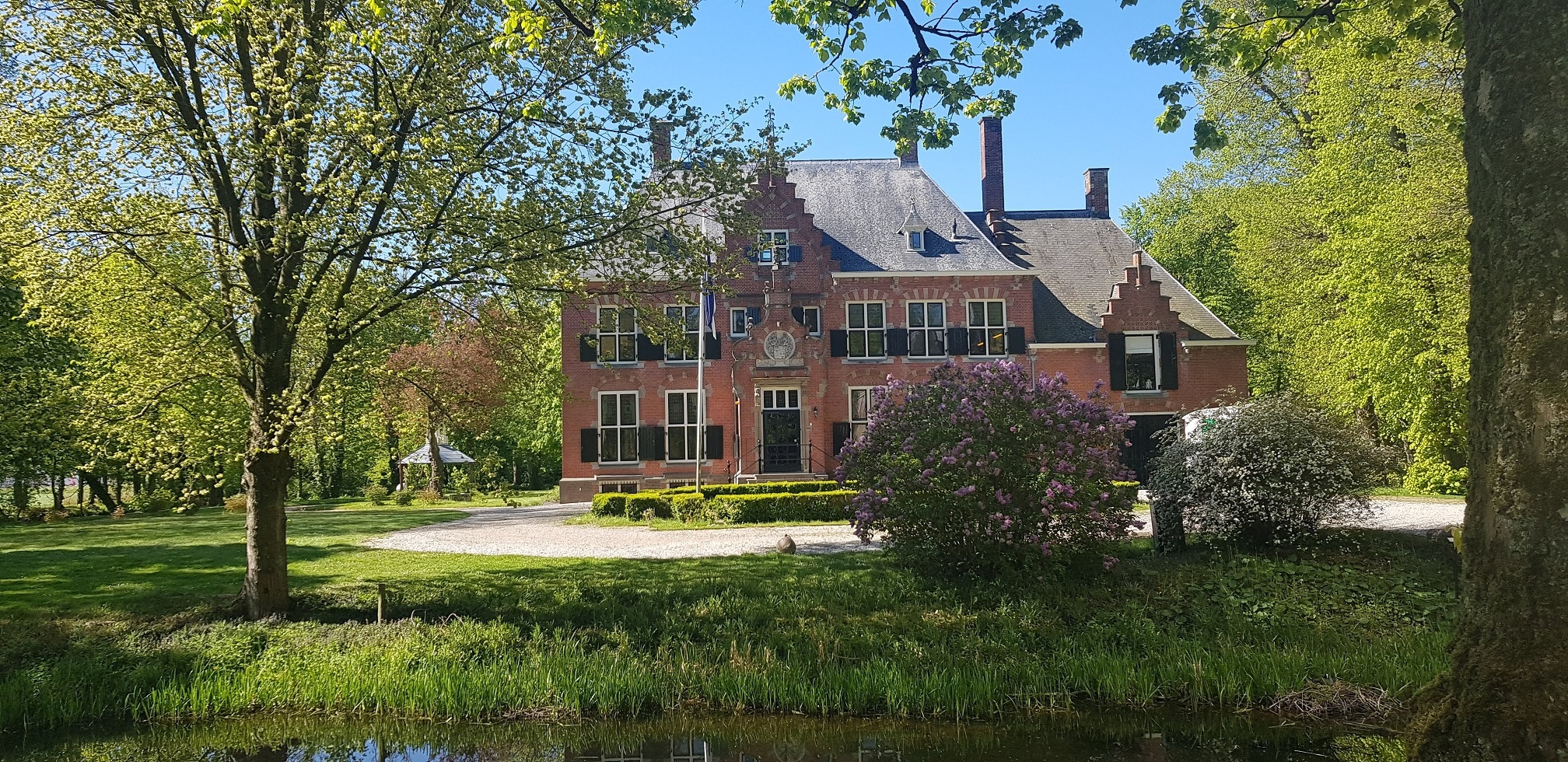
Epemastate (Ysbrechtum)
National monument Epemastate is a seventeenth-century hall statue in the village of Ysbrechtum. The core of the state, which can be visited during the summer by appointment, dates from 1625, while the house, gate and moat were built in 1652. Epemastate is surrounded by a park where various stinze plants bloom in spring.
History
Epemastate is a 17th-century state in the Frisian village of IJsbrechtum dating from 1625. Several grietmannen of Wymbritseradeel lived here for a long time, including Baron Sjuck van Burmania Rengers.
In the 13th century the first stone stins was built at this location by the chieftain of IJsbrechtum. Before that, he had a wooden house with stables and gardens at this location. In addition to these gardens, he raised a stins on a hill. This stins stood in the forest that today lies between the gate and the church. Remnants of this building have been found in the earth at this location. This stins disappeared around 1450.
The residents of the State were called only by the first name (Epe), later it became customary to use the last name (Epema). After several changes of ownership, the land again came into the hands of a family of chieftains. From 1620 the present building was occupied by the Albada family. After 1651 it remained in the hands of the Van Burmania's, the Rengers and the Eysinga-Van Harinxma thoe Slooten family for eleven generations.
English landscape garden
The garden surrounding the house was designed by Lucas Pieters Roodbaard in 1825. It is a park in the English landscape style. In the course of the twentieth century, the park strongly acquired the character of a forest. Around the beginning of the 21st century, the owner of the house tried to restore the park in stages. Various steppe plants grow there. In spring, peasant and variegated crocus grow massively. Snowdrops and yellow anemone also grow. The park is bordered on the south side by the A7 motorway.
(source wikipedia)